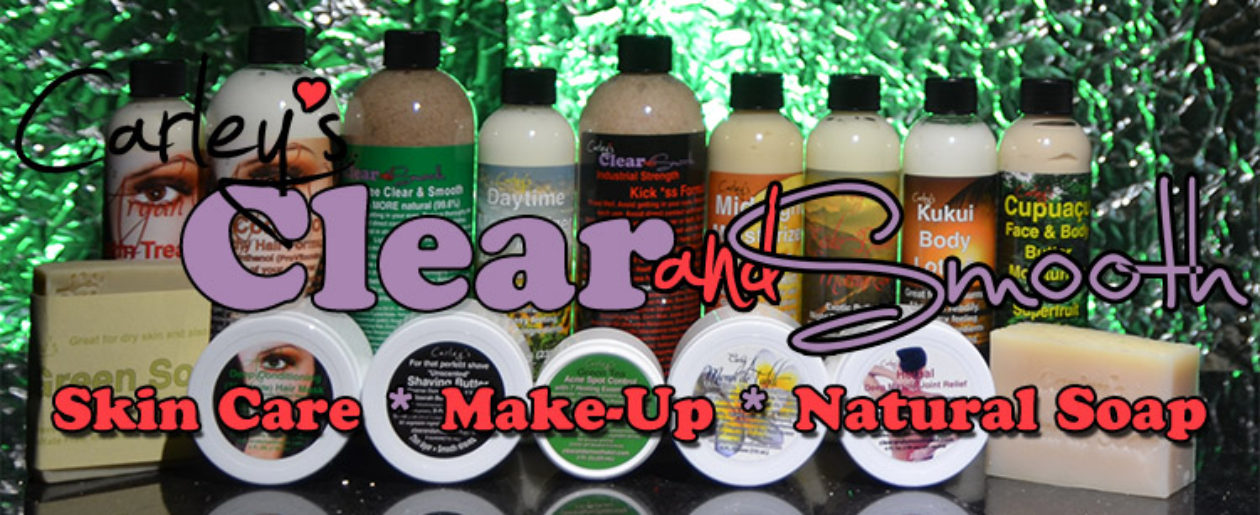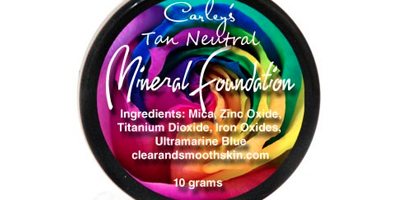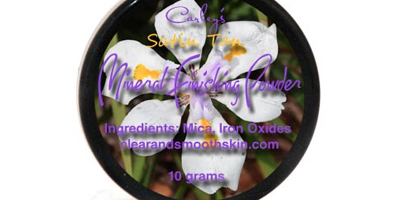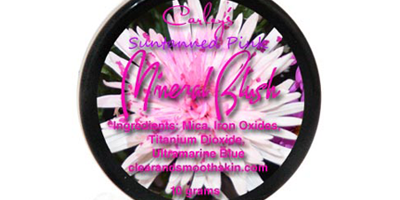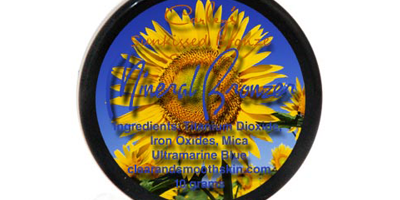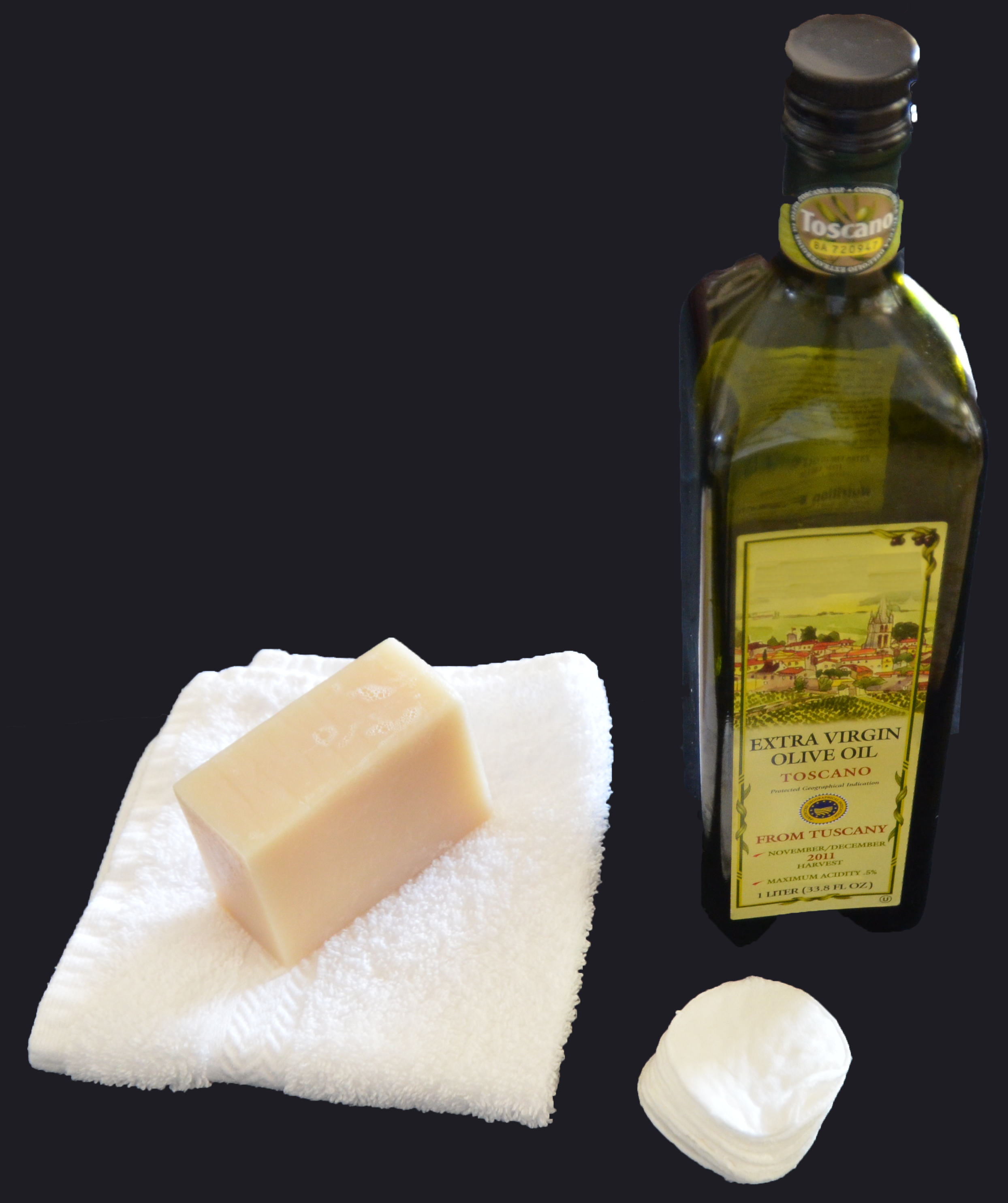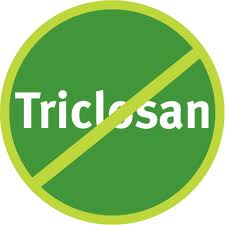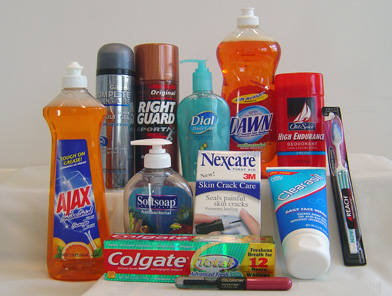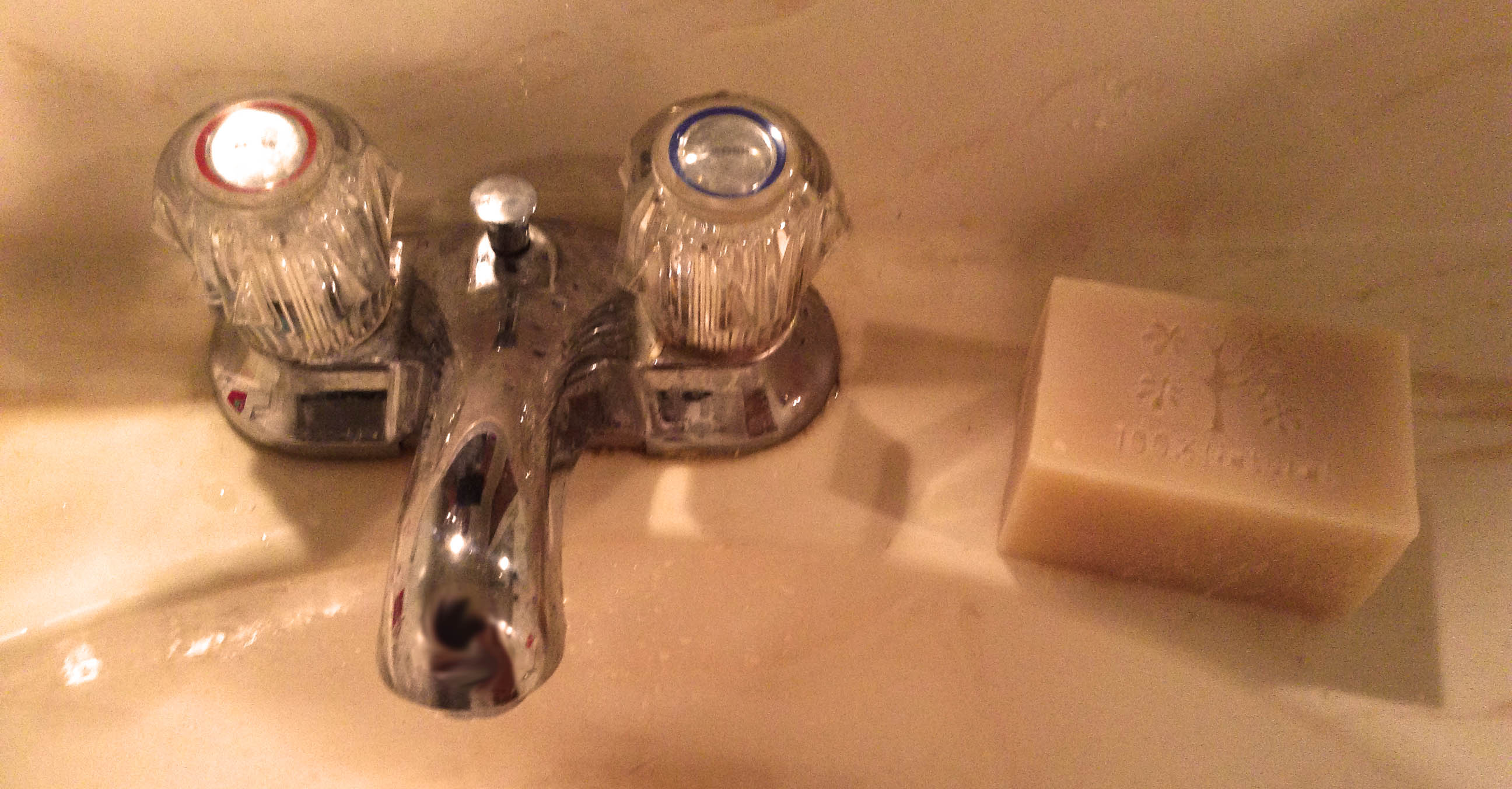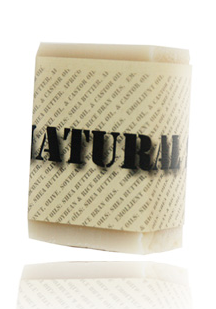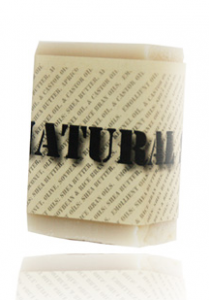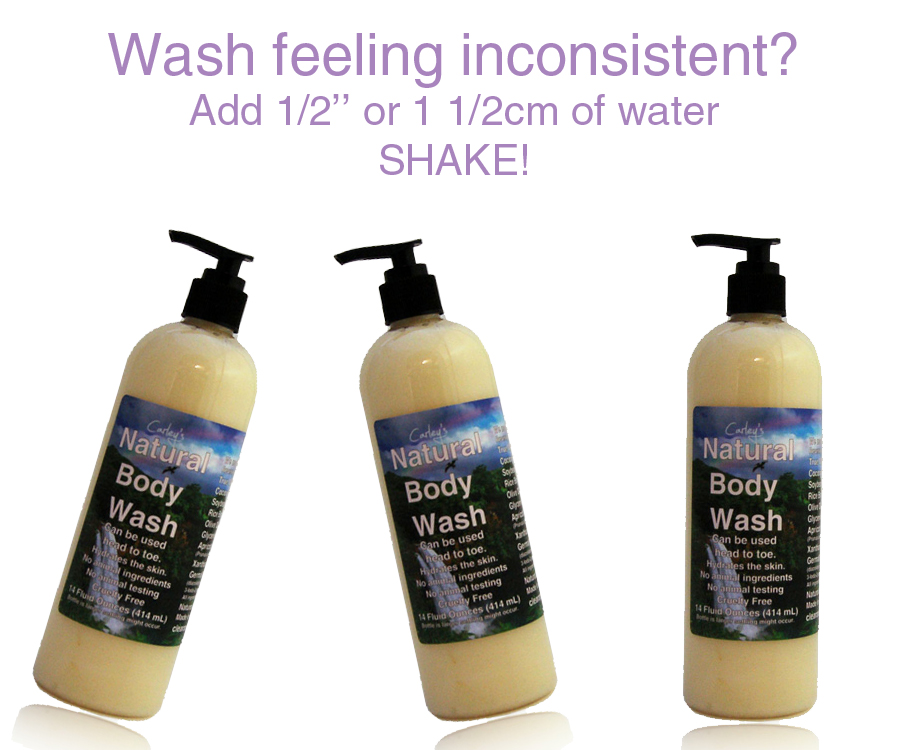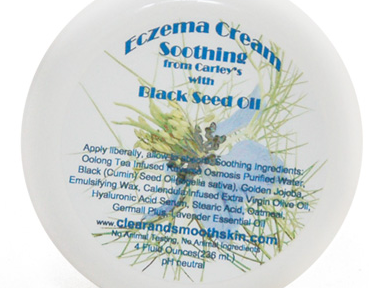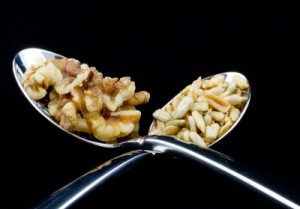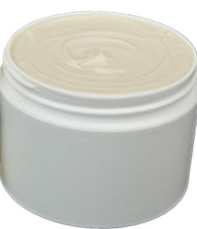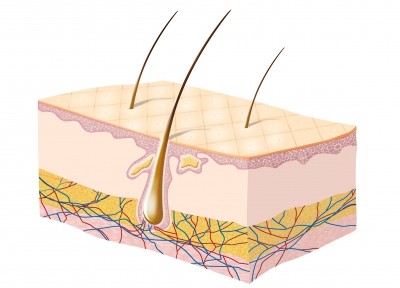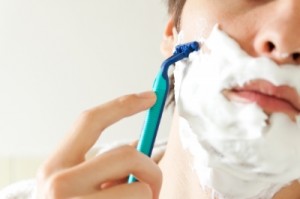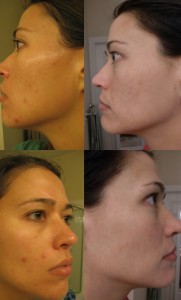You may have noticed your international shipping bill increased this year. Compared to what you were spending, this is a rather large increase at that. Why has Carley’s Clear & Smooth increased their price and is it worth it?
USPS (United States Postal Service) increased their postage rates for American sellers shipping internationally as of January 2013. These prices hit hard for international customers as they increased about $7 across the board for the type of shipments that go internationally. Virtually all small businesses in America that ship internationally are struggling to cope.
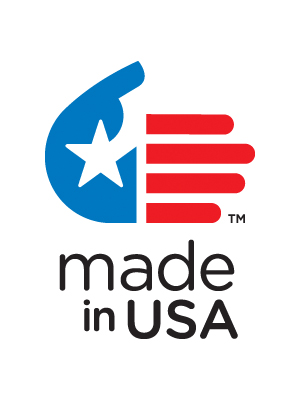 American-Made Products
American-Made Products
Being American-Made is something for us to be proud of. These products are made in America and packaged and shipped around the world using some of the best ingredients in the world. That means a lot of product going back and forth over the borders. While we love shipping to all parts of the world, it is just not possible for us to eat all of these shipping costs. You will see your shipping increase but don’t let that discourage you from trying quite perhaps the most truly natural product in the world with the best ingredients.
Is it worth it?
While you can put a price on clear skin and overall skin health (despite what those $100 moisturizer makers tell you), we’d like to think we are still quite affordable for what the products offer. Ask yourself how may months do you get out of a bottle? If you get the 3-4 months that we recommend, you are looking at the price of about 3 cups of coffee at Starbucks a month (about $10-$13). If you order two products you’ll still pay the same international rates so consider that.
You can find cheaper acne and skincare products if you walk to your local drug store, sure. You can also find some incredibly expensive options and we believe that Carley’s Clear & Smooth sits at the lower end of this totem pole of quality products. Do you really want to skimp out on something that you enjoy so much for you skin to go for the cheap drugstore options that didn’t work before?
Will the prices continue increasing?
Eventually, yes but not likely anytime soon. We’re doing our best to make sure the shipping prices don’t hurt our customers. We actually lose money on many transactions over shipping and we need to anticipate these increases just as much as any penny pinching customer. As gas prices rise and the USPS faces more budget problems, we’ll see future increases for all American exporters at some point. This increase was substantial and likely won’t happen again for some time. One thing you can look out for is exchange rates. In countries like Australia, the US dollar goes far and looks to continue that way so things can always be worse.
Email me if you have any questions about the most affordable shipping options for your international order. We follow the orders to make sure they go where they need to go so you can continue using your favorite American products!
